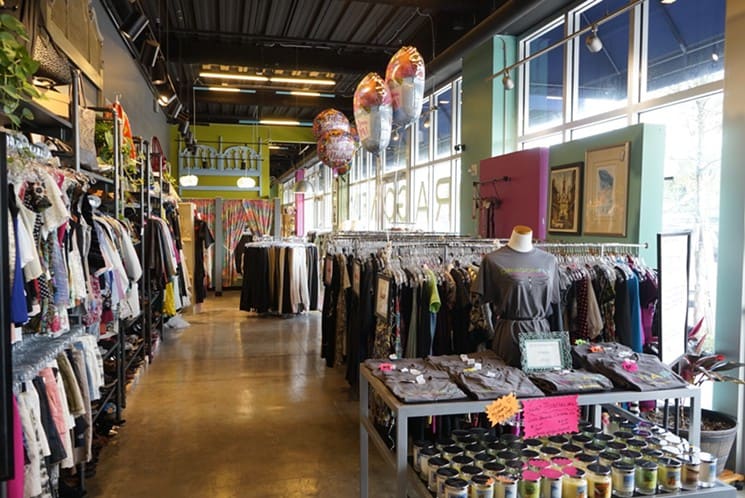Have you ever wondered, when walking into a large mall or an office complex, how they’re able to keep it clean and neat all day? These are commercial spaces that are typically teeming with people. Maintaining a clean and hygienic environment in such areas can seem challenging, though not impossible.
These spaces often require specialised attention to cleanliness as there’s always the possibility of unpleasant odours and surface contamination. Therefore, it’s essential to keep its surrounding areas clean and hygienic for both safety and aesthetic reasons.
Today, cleaning solutions have evolved to include modern machinery and automated solutions. You can use automated fresheners to fight odour effectively or use UV sanitation devices to disinfect surfaces. These, when combined with an effective cleaning schedule, can help you comply with health regulations better while creating a welcoming space for people.
In this article, we discuss some of the best practices you can adopt to keep high-traffic areas clean and hygienic.
1. Use Commercial Grade Cleaning Solutions
Commercial areas have larger surface areas with a significantly higher footfall than your home. Needless to say, the cleaning solutions you use at home won’t be suitable for such areas and need a more nuanced approach to hygiene. For this reason, it’s important to use commercial-grade cleaning and hygiene solutions. These are often more concentrated and specifically formulated for frequent and heavier use.
Consider using hygiene products that are suitable for large commercial spaces. Be sure to look for industrial-grade cleaning solutions like AMB Hygiene. These can be used across a wide variety of surfaces and don’t leave any residue, keeping your space smelling fresh and inviting.
2. Establish a Cleaning and Disinfection Schedule
Commercial spaces benefit from regular cleaning and maintenance as they’re busy areas. While it’s ideal to clean every day, this may not always suffice for high-traffic areas. This is because these areas have high-touch points like handrails, door handles, buttons, and service counters that accumulate moisture, dirt and germs quickly.
By establishing a regular cleaning schedule, you can minimise various health risks. You can use modern machines that can reduce cleaning times significantly for larger commercial spaces. For example, you can use ride on sweepers that combine convenience with functionality. This can help your staff cover large areas in less time, while contributing to consistent results.
3. Stock Up for Uninterrupted Supply
You may surely understand how it feels when you run out of some ingredients for a recipe or a liquid detergent to do your laundry. It can be frustrating and cause a delay in your routine or chore. However, running out of cleaning supplies in a large commercial space can prove risky, as it not only causes delays but also increases health risks.
This can lead to a decline in public confidence and harm your commercial space’s reputation. It can also invite regulatory scrutiny as commercial spaces operating in certain industries, such as food, retail and education, are required to comply with stringent cleanliness standards. The best way to combat this is to proactively stock up on supplies, as it helps to minimise operational costs and delays.
4. Conduct Training for Proper Product Usage
While it’s important to use the right cleaning solutions for your commercial space, it’s equally important to know how to use them correctly. This ensures that your cleaning products are optimally used and perform well. For this reason, it’s important to get your staff trained on usage, storage and safe handling methods. Learning how to use products correctly can also help your staff minimise wastage.
This leads to cleaning supply stocks lasting longer, which can save you costs long-term. Consider training your staff on the right mixing ratios for cleaning effectively and safely. You can further prevent health and safety risks for your workers by establishing clear guidelines for the safe handling of chemicals and first response protocols in the event of spillage. Training your staff this way can lead to a more productive and smoother workflow with minimal disruption.
5. Ensure Hygiene Stations are Accessible for Public Use
The pandemic has led to an improved public health response when it comes to sanitation and hygiene. As a result, today it’s common to see hygiene stations in public and commercial spaces. This is because such spaces can be bacteria and virus hotspots due to frequent crowds. Hygiene stations that are strategically positioned at entry and exit points, or washrooms, and elevator lobbies can be an effective way to reduce germ transmission.
This is a great way to boost public confidence by assuring people of your commitment to their safety and health. It also helps people participate more actively in nurturing and developing cleanliness routines for themselves. Hygiene stations that dispense hand sanitisers or disinfectant wipes are a simple yet cost-effective way to protect public health and minimise health risks.
Conclusion
A clean and hygienic environment is always soothing to the senses. However, beyond its aesthetic value and positive effect on your senses, it’s essential from a health and safety perspective. The best practices we’ve discussed can help you maintain your commercial space at its best while creating a safe, clean and welcoming environment for the people who come there.









